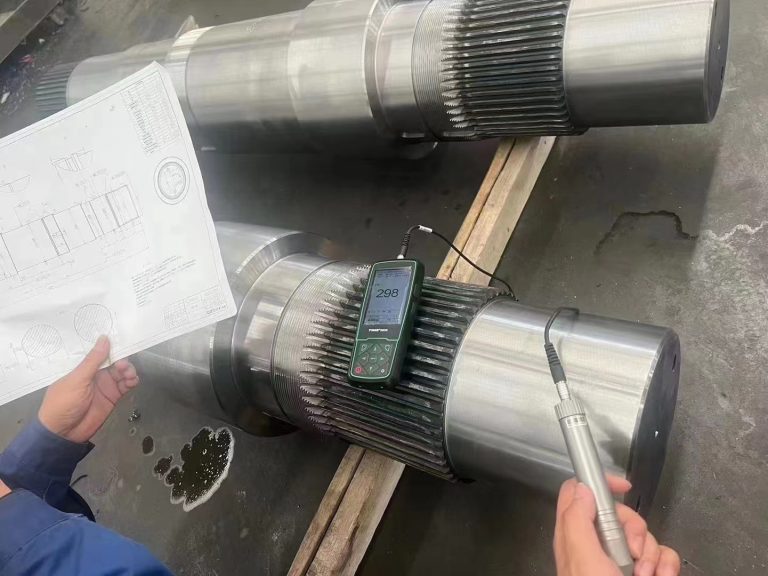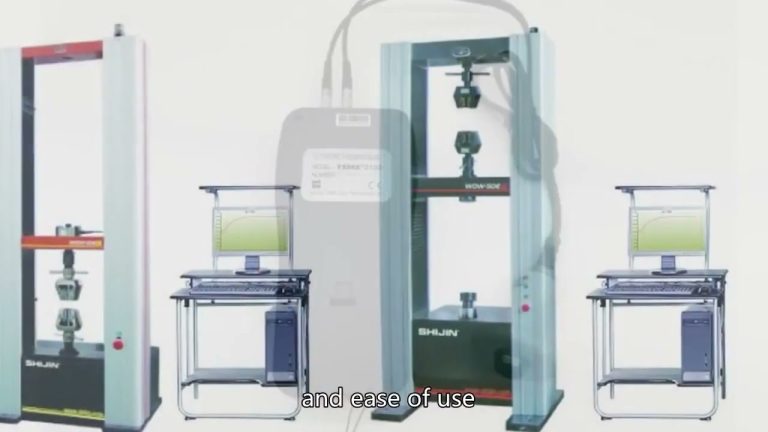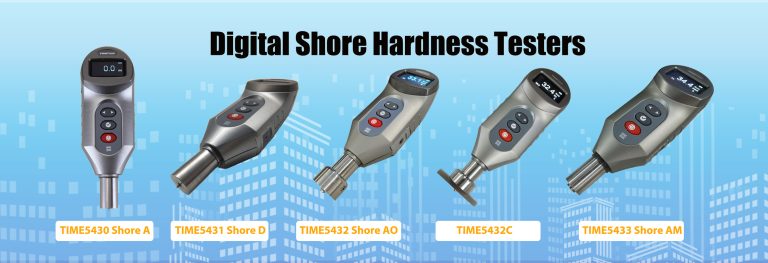Hardness testing is a crucial process in various industries to determine the resistance of a material to indentation or scratching. It helps in evaluating the mechanical properties of a material and ensuring its suitability for specific applications. Hardness testers are used to measure the hardness of different materials, and they come in various types and models. This article aims to provide an overview of hardness tester classification and guide readers in selecting the right hardness tester for their needs.

Classification of Hardness Testers:
1. Rockwell Hardness Tester: The Rockwell hardness tester is one of the most widely used hardness testers. It measures the depth of penetration of an indenter into the material under a specific load. The Rockwell hardness scale consists of different scales, such as HRA, HRB, HRC, etc., depending on the type of indenter and the load applied.
2. Brinell Hardness Tester: The Brinell hardness tester uses a spherical indenter to measure the hardness of a material. It applies a constant load and measures the diameter of the indentation left on the material’s surface. The Brinell hardness number is calculated based on the applied load and the diameter of the indentation.
3. Vickers Hardness Tester: The Vickers hardness tester utilizes a diamond pyramid-shaped indenter to measure the hardness of a material. It applies a specific load and measures the diagonals of the resulting indentation. The Vickers hardness number is calculated based on the applied load and the average diagonal length.
4. Knoop Hardness Tester: The Knoop hardness tester is similar to the Vickers hardness tester but uses a rhombic-based pyramid-shaped indenter. It is primarily used for measuring the hardness of brittle materials or thin films.
5. Shore Hardness Tester: The Shore hardness tester is specifically designed for measuring the hardness of elastomers and rubbers. It uses a durometer, which consists of a needle-like indenter that penetrates the material under a specific pressure.
Selection of Hardness Testers:
When selecting a hardness tester, several factors need to be considered:
1. Material Type: Different hardness testers are suitable for specific materials. For example, the Rockwell hardness tester is commonly used for metals, while the Shore hardness tester is suitable for elastomers and rubbers.
2. Test Method: Consider the preferred test method, such as Rockwell, Brinell, Vickers, or Knoop, based on the accuracy and requirements of the application.
3. Load Range: Ensure that the hardness tester has a load range suitable for the material being tested. Different materials may require different load ranges for accurate hardness measurement.
4. Indenter Type: Choose the appropriate indenter type based on the material and test method. Indenters can vary in shape, material, and size.
5. Automation and Software: Consider the automation and software capabilities of the hardness tester. Advanced models may offer automated testing procedures, data analysis, and reporting features.
Hardness testers play a vital role in determining the hardness of materials, ensuring their quality and suitability for specific applications. Understanding the classification of hardness testers and considering factors like material type, test method, load range, indenter type, and automation can help in selecting the right hardness tester for accurate and reliable hardness measurements.







